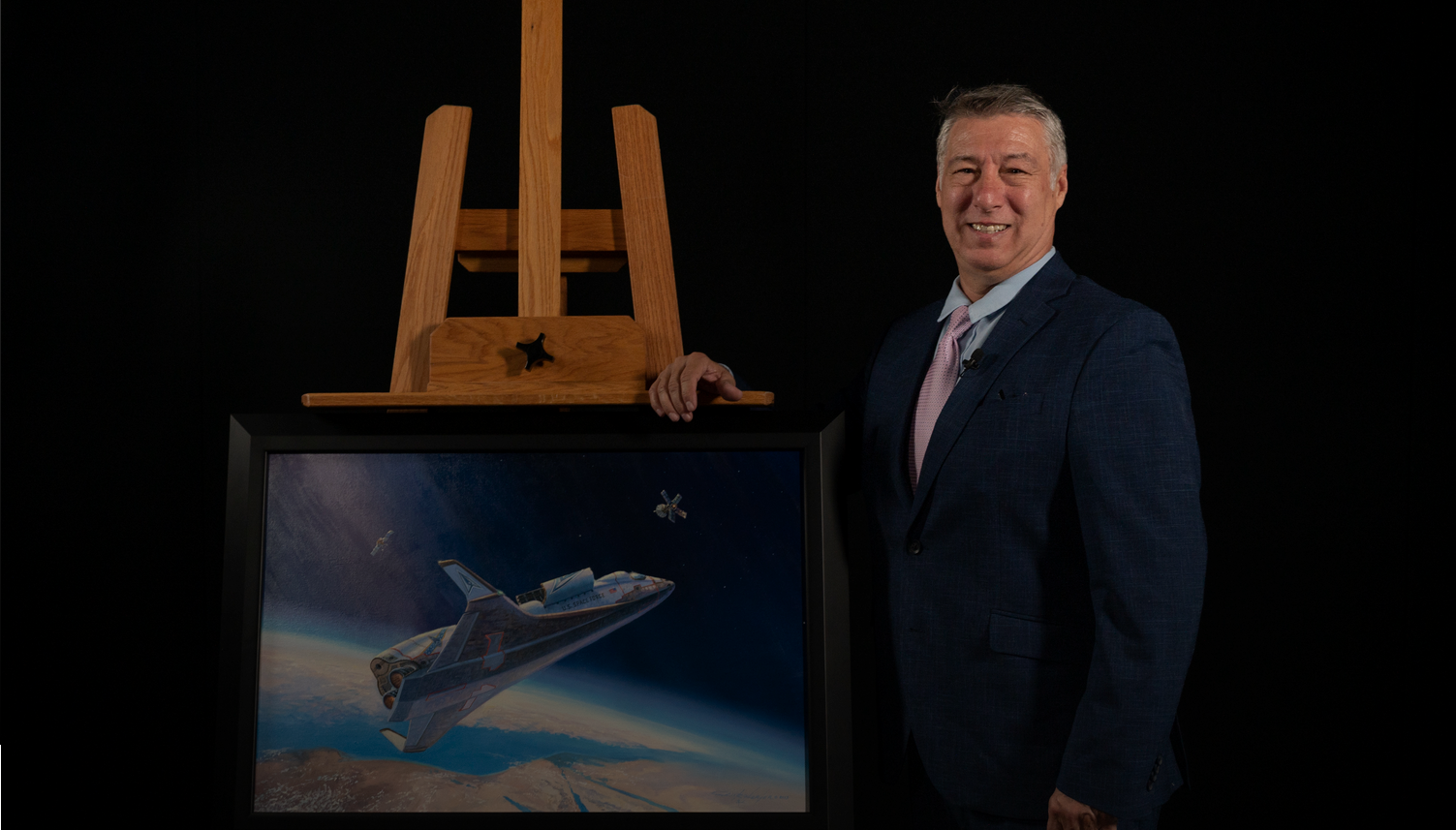Space
9414 readers
166 users here now
Share & discuss informative content on: Astrophysics, Cosmology, Space Exploration, Planetary Science and Astrobiology.
Rules
- Be respectful and inclusive.
- No harassment, hate speech, or trolling.
- Engage in constructive discussions.
- Share relevant content.
- Follow guidelines and moderators' instructions.
- Use appropriate language and tone.
- Report violations.
- Foster a continuous learning environment.
Picture of the Day
 The Busy Center of the Lagoon Nebula
The Busy Center of the Lagoon Nebula
Related Communities
🔭 Science
- [email protected]
- [email protected]
- [email protected]
- [email protected]
- [email protected]
- [email protected]
- [email protected]
- [email protected]
- [email protected]
🚀 Engineering
🌌 Art and Photography
Other Cool Links
founded 2 years ago
MODERATORS
626
627
628
629
630
631
632
633
634
635
636
637
52
Juno discovers salts and organic compounds on Ganymede's surface - NASASpaceFlight.com
(www.nasaspaceflight.com)
638
639
640
641
642
643
644
645
646
89
NASA May Have Just Stumbled Upon the Mother of All Space Navigation Solutions
(www.autoevolution.com)
647
648
649
118
650

